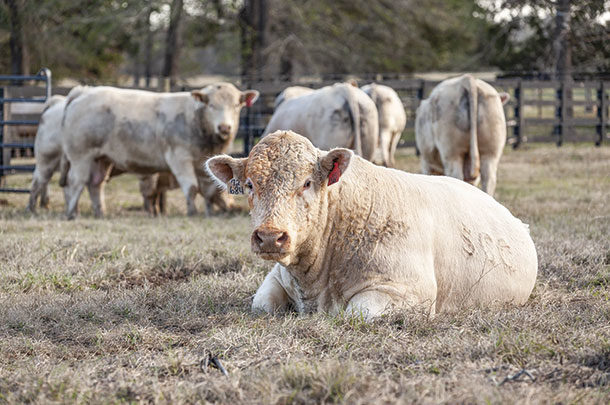1. Long-term impact of overconditioning young bulls
This year’s top online article, from the University of Florida’s Kalyn Waters, discusses the effect of overconditioning young bulls and the benefits of purchasing “age-advantaged” bulls.
Purchasing a young herd bull is a tremendous investment and, at the end of the day, customers are counting on that bull to do one job for them: successfully get cows pregnant in an efficient manner. However, there are several factors that can influence his ability to do so. The age of the bull and the body condition he is in can impact his ability to do his job.
PHOTO: Southern Cattle Co. bulls in Marianna, Florida. Photo courtesy of Southern Cattle Co..
Get more information about factors that can impact a young bull’s productivity. Read the story: Long-term impact of overconditioning young bulls
2. To those who feed the herd at Christmas
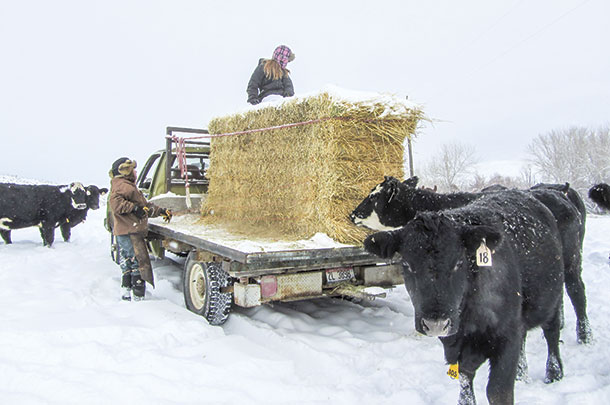 It may just seem like a simple, sometimes laborious chore, but producers’ faithfulness in feeding their herds is an expression of their devotion to God and His creatures.
It may just seem like a simple, sometimes laborious chore, but producers’ faithfulness in feeding their herds is an expression of their devotion to God and His creatures.
As written by author Heather Thomas: “We honor God by being good stewards of these creatures He has put into our care. We rejoice in God’s wonderful gift to us and the love that came down to earth at Christmas, and honor that gift by our devotion to family, loved ones, neighbors and God’s own creatures that we are privileged to care for. We are expected to take good care of them, just as our Father takes care of us.”
PHOTO: Members of the Thomas family start spreading hay to cows at the Sky Range Ranch in Salmon, Idaho. Photo by Heather Thomas.
Read the full story: To those who feed the herd at Christmas
3. A true Grand Champion
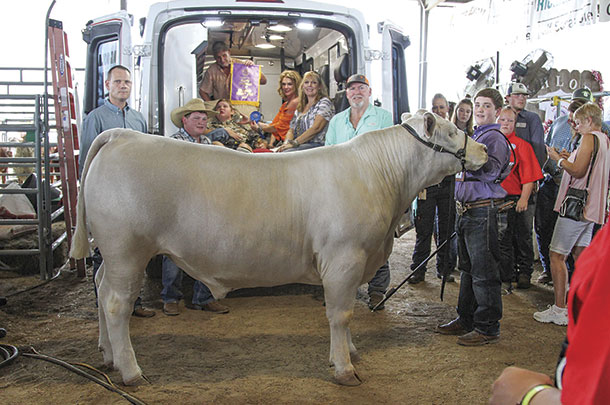 Editor Carrie Veselka tells the story of Case Beken, a 14-year-old boy from Weimer, Texas, and his Charolais show steer, Casper. Beken wanted his legacy to live on after learning he had a terminal brain tumor. Thanks to the loving efforts of family and friends, he got his final wish.
Editor Carrie Veselka tells the story of Case Beken, a 14-year-old boy from Weimer, Texas, and his Charolais show steer, Casper. Beken wanted his legacy to live on after learning he had a terminal brain tumor. Thanks to the loving efforts of family and friends, he got his final wish.
PHOTO: Case Beken and his family pose ringside with Casper and Mascheck after Grand Champion had been announced. Photo by Melissa Nichols.
Read the full story here: A true Grand Champion
4. Calving is just one benefit with cow-calf confinement barns
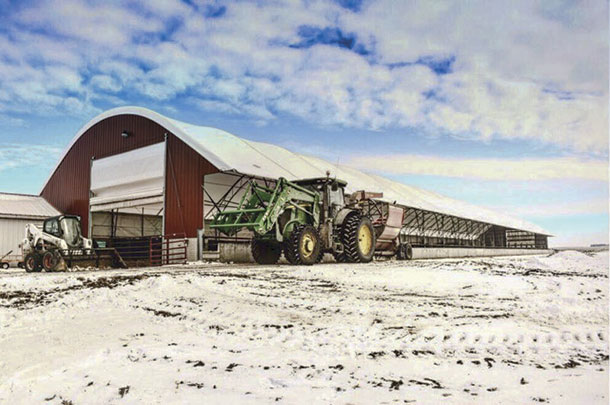
High land prices and rent rates pose a big challenge to beef producers in most parts of the country.
Laura Handke writes about how the Wilkerson family invested in order to expand their herd, the Wilkerson family invested in building a confinement operation. They have seen improvement in managing many aspects of cow-calf production, including health, nutrition and calving.
PHOTO: Accu-Steel covered hoop barn buildings provide housing for 400 cow-calf pairs on Wilkersons’ Iowa farm. Photo by Chad Wilkerson.
Learn more about this Iowa confinement operation: Calving is just one benefit with cow-calf confinement barns
5. Dangerous times in the Land of Enchantment
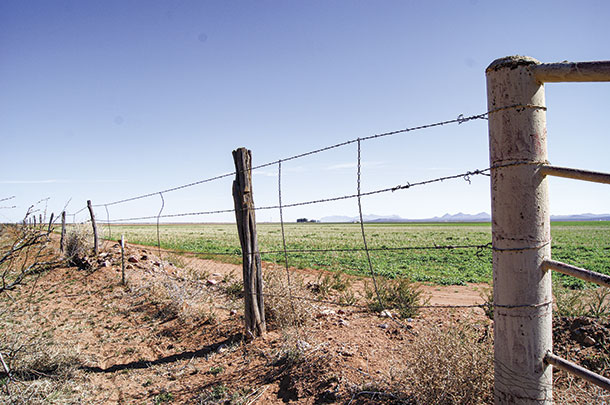
For years, New Mexican ranchers have seen illegal activity on the border, ranging from men coming for work in the U.S. to cartel traffickers dropping marijuana bales on their property. New Mexico ranchers are hoping their voices are not ignored as the debate regarding border security gets louder and louder.
While illegal immigration has always been a part of New Mexico history, the current traffic across the border has left ranchers in the area on edge. Freelance writer Lydia Kyle’s examined the issue from multiple sides close to the ground.
PHOTO: This five-strand fence along the Johnson Ranches is what separates Mexico from the U.S. Photo provided by Russ and Brandy Johnson.
Get the full story on the challenges New Mexico ranch families face at the border, read Dangerous times in the Land of Enchantment
6. Strategies to effectively feed cows this winter
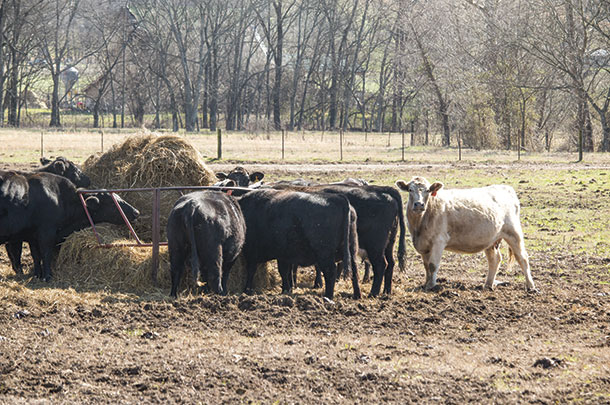 Adequate nutrition is critical for not only the health and rebreeding success of the mother but also for the health and vigor of the calf. Interestingly, feed costs represent the greatest cost for cow-calf producers, representing as much as 50 to 60 percent of total production costs.
Adequate nutrition is critical for not only the health and rebreeding success of the mother but also for the health and vigor of the calf. Interestingly, feed costs represent the greatest cost for cow-calf producers, representing as much as 50 to 60 percent of total production costs.
Iowa State beef specialist Christopher Clark writes how balancing rations to meet nutritional requirements in an economical manner is arguably one of the most important aspects of managing a cow-calf herd.
PHOTO: Hay rings are one way to minimize feed waste. Photo by Lynn Jaynes.
Get some tips to effectively feed cows this winter read: Strategies to effectively feed cows this winter
7. The best of both worlds: Crossbreeding Angus and Wagyu
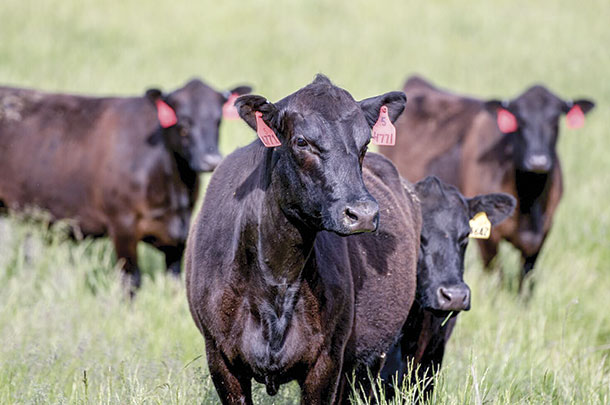 Circle A Ranch is a 24,000-acre, 7,000-head operation in Iberia, Missouri. They have invested in a strong crossbreeding program – producing a Wagyu-Angus cross, or “Wangus,” in order to increase the quality and grade of their beef. Read the story here from Mayzie Purviance.
Circle A Ranch is a 24,000-acre, 7,000-head operation in Iberia, Missouri. They have invested in a strong crossbreeding program – producing a Wagyu-Angus cross, or “Wangus,” in order to increase the quality and grade of their beef. Read the story here from Mayzie Purviance.
PHOTO: Circle A Ranch keeps the management ratio at 500 cows per employee. Photo provided by Nick Hammett.
See what Circle A has learned about crossbreeding and learn more about the pros and cons of Wangus cattle, read: The best of both worlds: Crossbreeding Angus and Wagyu
8. Is sorghum the best-kept secret for feeding cattle right now?
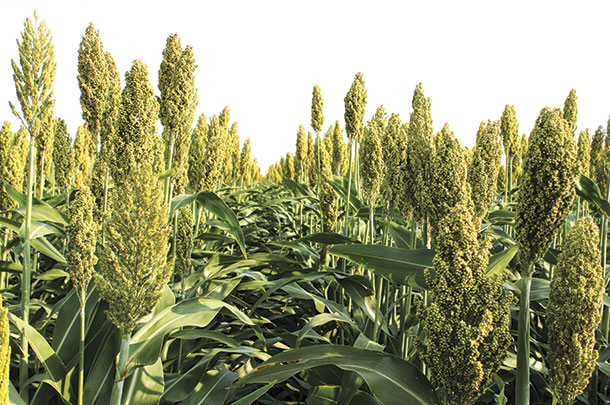
For farmers looking for cost-effective ways to produce forage in dry environments, sorghum offers some exceptional opportunities.
This year, sorghums may be a great option following winter wheat/cereals, in late-planting areas for silage or sorghum-sudans as an emergency forage in a failed alfalfa stand. Jeff Jackson of Winfield United examines the benefits of this forage option.
PHOTO: Pictured here is a new forage sorghum hybrid selected by use of genetic markers for superior agronomics, yield and similar fiber digestibility. Photo courtesy of Winfield United.
Learn more about what sorghums can offer your operation, read: Is sorghum the best-kept secret for feeding cattle right now?
9. Three ranches go the distance for seedstock customers
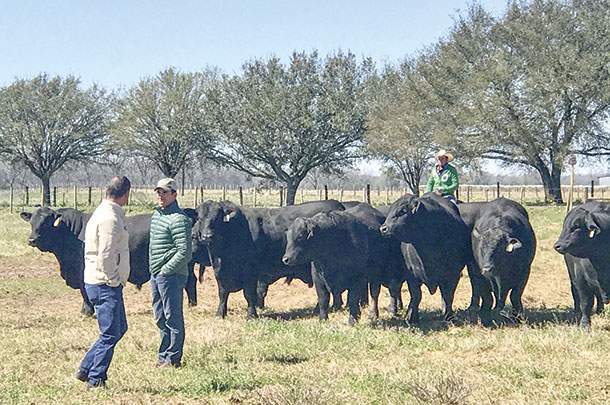 Staying relevant in the seedstock sector of cattle production is a back-and-forth game of keeping up with the times and focusing on solid foundations.
Staying relevant in the seedstock sector of cattle production is a back-and-forth game of keeping up with the times and focusing on solid foundations.
Though advances in embryo transplant have pushed most seedstock operations into a new realm of livestock science and genetics, simple things like the internet and transportation have had just as much impact on this area of production. Lydia Kyle looks closer at how these producers are seeing efforts pay off.
PHOTO: Buyers from Argentina select bulls from Santa Rosa Ranch in Texas. Photo courtesy of Santa Rosa Ranch.
See what these three prominent seedstock producers do to keep their operations relevant, read: Three ranches go the distance for seedstock customers
10. 3 reasons to weigh your mature cow herd
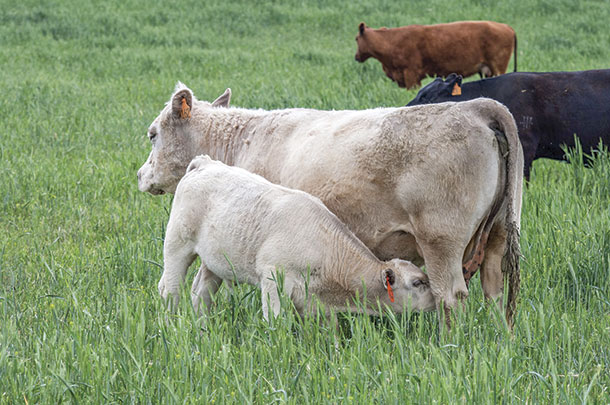
The pound is a critical thing in the cattle industry. Cattle producers get paid by the pound, all feed and commodities are bought by the pound, and the pound is the primary indicator of performance. While cattle producers often think in “pounds” on a daily basis, mature cow weights are frequently estimated instead of determined by a scale.
Kalyn Waters tells how taking the time to weigh your mature cows can have a significant impact on your ability to fine-tune your herd management strategies.
PHOTO: When it comes to stocking rate, having an accurate weight on your mature cow herd is critical. Staff photo.
Learn three reasons weighing your mature cows matters, read 3 reasons to weigh your mature cow herd ![]()
